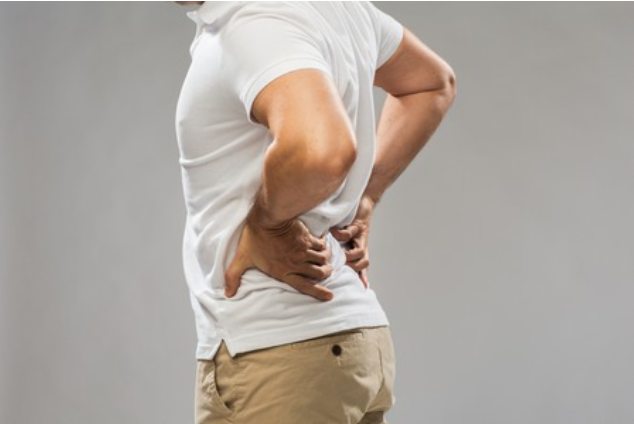- Understanding Lower Back Pain
Lower back pain is a common issue that affects millions of people worldwide. It can stem from various factors such as poor posture, muscle strain, injury, or underlying medical conditions. Finding effective ways to manage and alleviate lower back pain is crucial for maintaining overall well-being.
- The Role of Lower Back Belts
Lower back belts, also known as lumbar support belts or supportive braces, are wearable devices designed to provide support and stability to the lower back region. They are often used by individuals experiencing lower back pain or those looking to prevent injury during physical activities.
- Benefits of Lower Back Belts
Lower back belts offer several benefits, including:
- Providing support to the lower back muscles and spine
- Improving posture and alignment
- Reducing strain on the lower back during activities
- Promoting better recovery from injuries or surgeries
- Types of Lower Back Belts
4.1. Lumbar Support Belts
These Lumbar Support belts are designed to provide firm support to the lower back muscles and spine. They often feature adjustable straps and a contoured design to fit comfortably around the waist.
4.2. Compression Belts
Compression belts apply gentle pressure to the lower back area, which can help improve circulation and reduce swelling. They are often used for both pain relief and support during physical activities.
4.3. Heat Therapy Belts
These belts incorporate heat therapy to soothe sore muscles and promote relaxation in the lower back area. Heat therapy can help alleviate stiffness and improve flexibility, making it a popular choice for individuals with chronic lower back pain.
- Factors to Consider When Choosing a Lower Back Belt
5.1. Size and Fit
Choosing the right size and fit is essential for maximizing the effectiveness of a lower back belt. Measure your waist circumference and follow the manufacturer’s sizing guidelines to ensure a snug yet comfortable fit.
5.2. Material and Construction
Look for lower back belts made from high-quality materials that are durable and breathable. Pay attention to the construction and design features such as adjustable straps, padding, and ergonomic shaping.
5.3. Level of Support
Consider the level of support you need based on your activity level and the severity of your lower back pain. Some belts offer adjustable support levels, allowing you to customize the amount of compression and stability provided.
- How to Wear a Lower Back Belt Correctly
Proper usage is crucial for getting the most out of your lower back belt. Position the belt around your waist, ensuring that it sits snugly against your lower back without being too tight or restrictive. Adjust the straps as needed for a comfortable fit.
- Tips for Using Lower Back Belts Safely
- Avoid wearing the belt for extended periods without breaks.
- Use the belt as a complement to proper posture and body mechanics.
- Consult with a healthcare professional if you have any underlying medical conditions or concerns about using a lower back belt.
- Conclusion
Choosing the right lower back belt can make a significant difference in managing lower back pain and promoting spinal health. By considering factors such as size, fit, and level of support, you can find a belt that meets your needs and helps you stay active and pain-free.


